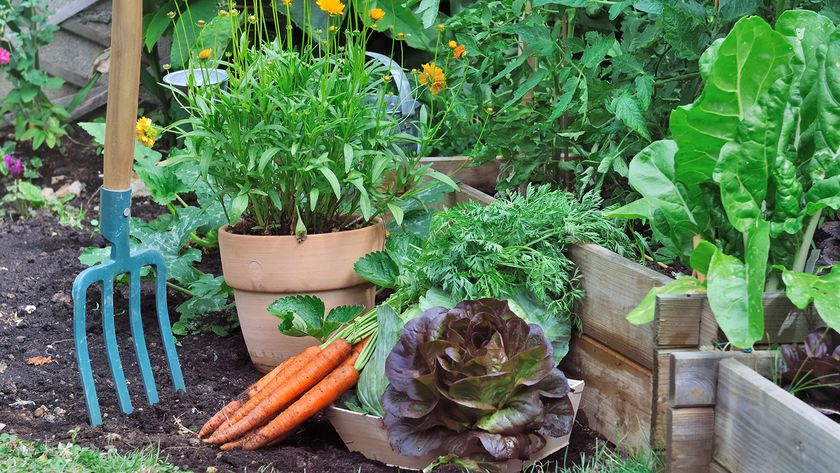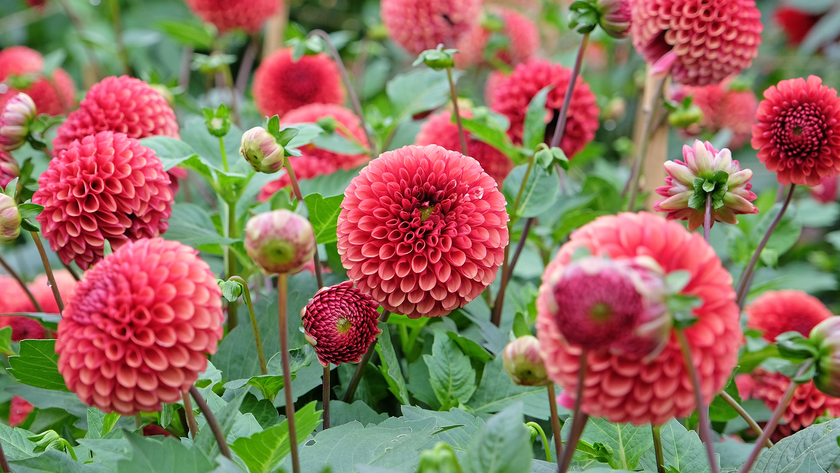When is the best time to water your lawn? Here’s what the experts say
Here’s everything you need to know when it comes to watering your lawn
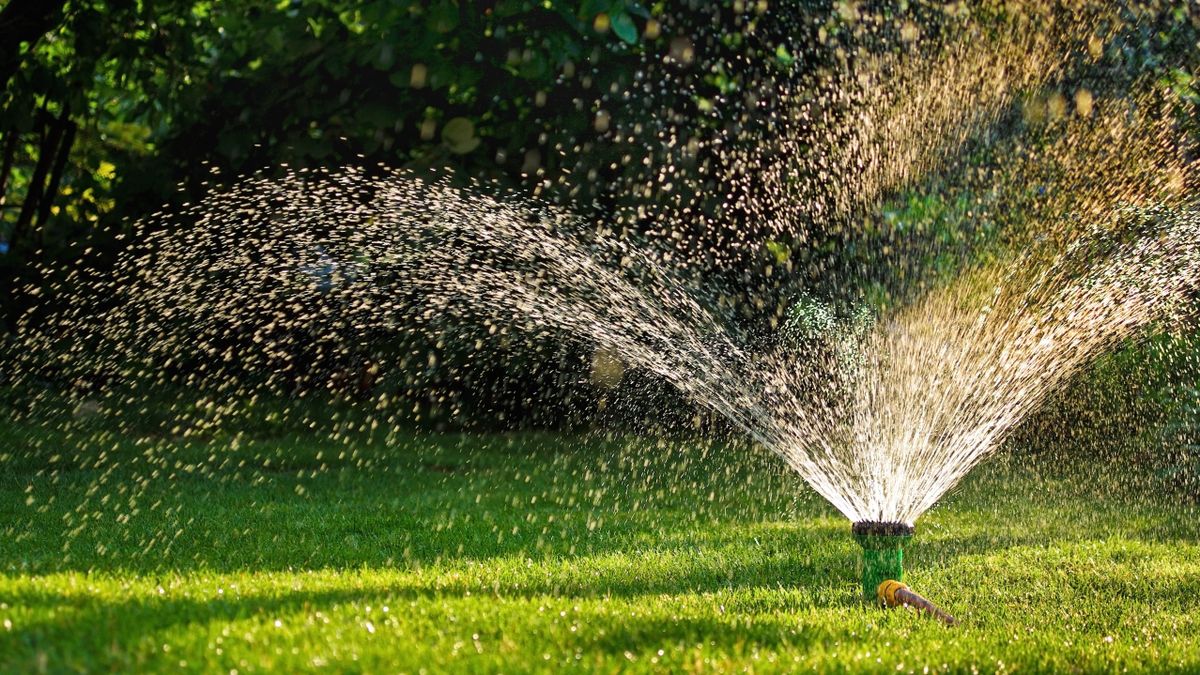
With temperatures on the rise, our lawns need all of the help they can get. Special attention must be paid to avoid these 7 lawnmower mistakes, as well as these 9 mistakes you’re making when planting grass seed. A fundamental aspect of lawn care comes down to watering — your grass needs to receive not too much or too little, and it needs to receive it at the right time.
Whether you use a sprinkler or a hose, watering your lawn at the right time is more important than you might think. It can mean the difference between a thick and healthy lawn, and one which is waterlogged and full of disease. Alternatively, a lawn which lacks water will soon dry out and die, so this balance is essential.
To help you achieve the best watering routine, we’ve consulted the experts to find out the best time to water your lawn. We will cover signs that your lawn needs water as well as how much you should apply and how often. Follow these tips for a strong and healthy yard, and save yourself from learning how to make your lawn thicker.
When should you water your lawn?
You can tell your lawn needs water when the grass loses its vibrancy in color. Tom Hilton, gardening specialist at National Greenhouse explains: “There’s two key indicators that your grass needs a little love, the first being the colour. If you notice an increase in brownish tones or a less glossy look to it, get the hosepipe out! Another little trick is to take note of how springy the grass is after being stepped on — if it stays down and doesn’t bounce back, this is another great indicator that it needs watering.”
The blades may also appear to ‘curl over’ at the ends when the grass is overly dry. You might also spot uneven brown or yellow patches of grass cropping up around your lawn — these areas could be getting less water than other sections.
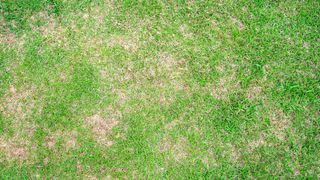
If you want to be sure of the moisture level of your lawn, you can try driving a screwdriver with a 6-inch shaft into the ground. If you struggle to push it in, then that means your lawn is dehydrated.
The best time to water a lawn is actually in the early morning, ideally before 10am. This is because the temperature outside is still cool and the wind and sun are less intense, which gives the water a better chance to reach and penetrate your soil. This climate ultimately makes it less likely for the water to evaporate as soon as you apply it.
Sign up to get the BEST of Tom's Guide direct to your inbox.
Get instant access to breaking news, the hottest reviews, great deals and helpful tips.
Watering any later than this can be counterproductive. According to the landscaping experts at Toolstation: ‘The main reason we wouldn’t advise watering in the middle of the day is because it’s less effective. During the hottest part of the day, lots of water will be lost to evaporation — a waste of both water and effort!’
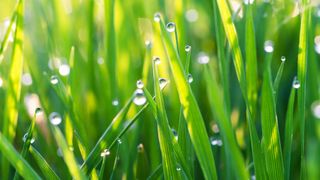
There’s also the option of watering in the evening, which isn’t as wasteful, but it’s still not the best time. The experts at Toolstation continue: ‘Although it’s cooler at this time of day, if your grass is left covered in water droplets overnight, this can cause diseases like red thread and Fusarium.’
Diseases such as these are encouraged by excess moisture on your lawn during the cooler temperatures of the night. It’s a prime reason for watering your lawn in the morning versus the late evening. If you have no choice but to water your lawn later in the day, stick to between 4-6pm — this gives it a chance to dry out and recover before the sun sets.
How often should you water and how much should you use?
The answer to this question depends on a few factors. First, there’s the type of grass to consider and then there’s the age of the grass as well. On top of that, the type of soil you use contributes.
There are two main types of grass: warm-season and cool-season. Warm-season can typically be found in the southern states, while cool-season tends to grow in the northern territory. If you’re unsure of which you have, you can always ask at your local home department store.
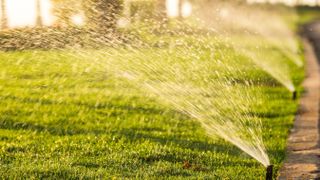
With deeper roots, warm-season grass is more drought-resistant and so won’t need watering so often. With this type of grass, you could water it in two sessions over the week or do it in one day. Cool-season grasses will need a little more attention. More water is required and it's better to break up the application into 2-3 sessions.
In terms of the soil you’re using, keep in mind that clay soil retains water better than sandy soil, which drains more quickly. You may need to water less or more frequently depending on this.
As a general rule, aim to apply 1-1.5-inches of water to your lawn a week, taking into account rainfall and humidity. It’s also better to break this down into sessions every 3-4 days, rather than daily or once a week if you can. That way, your lawn won’t be too dry or too wet on a regular basis. Bear in mind that your lawn will go dormant when the soil temperature drops through the colder months though. During this time, the grass can survive for weeks without water. Its color will return in the spring time.
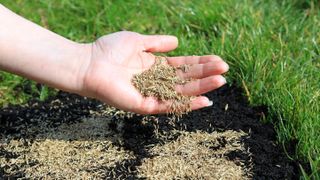
However, if you’ve just planted grass seeds and your lawn is still young, you will need to be more resilient with watering it. At first, you will need to keep the bed moist (the top 1.5 inches of soil), but not saturated. That means you need to water it little and often — 1-2 times a day to start with for 5-10 minutes at a time, reducing this schedule once it reaches 1-2 inches in height. Growing grass takes a lot of maintenance, but once it’s matured it will require less effort.
How can you tell if there’s enough, or too much, water?
It’s all too easy to overcompensate for the heat and overwater your lawn. The trouble is, this is a wasteful habit which will cost you money, and it won’t be doing your lawn much good either.
A tell-tale sign that you’ve overwatered is when you see water runoff the lawn, down the pavement and into the drain. At this point, the soil is no longer absorbing the water and it’s literally a waste of money.
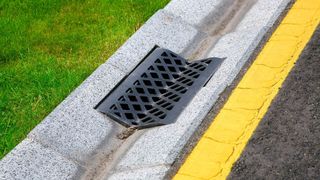
If the ground feels overly muddy or spongy, then that’s another sign that you’ve applied too much water. An increase of weeds or thatch can indicate overwatering as well, as can fungal-growth, such as mushrooms.
If you want to check that you’re using the right amount of water, there’s a couple of options. Tom Hilton recommends one such method: ‘Sprinklers can make this a much easier job, allowing you to get an accurate measurement of how much water you’re using by simply marking a container with an inch mark and seeing how long it takes to fill up. This will give you a great idea of how long to leave them on for, but obviously the traditional hose or even watering can methods are still effective.’
You can also check the soil regularly as it’s being watered using a screwdriver shaft. All you need to do is time how long it takes for the water to reach 6-inches deep. Once you have this time, you know how long to leave your irrigation system running in the future.
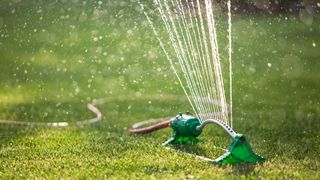
You could also invest in a flow timer and calculate how much water you lawn requires. With this method you just multiply the square footage of your lawn by 0.62 gallons. The answer gives you the number of gallons you need to cover the entire lawn with 1-inch of water per square foot. We recommend the Orbit 21004 B-hyve Smart Hose Faucet Timer ($61.86, Amazon).
Even if you follow the above guidance, you will need to keep a constant eye on your lawn’s condition. Regardless of whether you do everything right, the changing climate can still result in you over- or under-watering the lawn by accident. Always check its moisture level before you begin watering, and watch out for sudden heat waves drying it up faster than expected.
What’s the best way to water your yard?
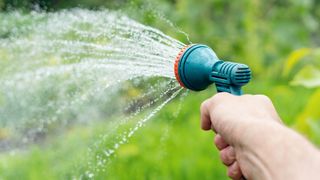
There’s no right or wrong tool you can use when it comes to watering your yard. What’s important is that water is applied evenly, whilst covering the entirety of the space. It should be applied at a gradual rate and not too forcefully — this prevents it from running off the surface and instead gives it time to absorb. No water should miss your yard during application — this is wasteful and is literally money down the drain.
If you use an irrigation system, check how evenly it applies when running, and make any necessary adjustments to improve its direction and rate. If any areas of your lawn are particularly thick and thriving or struggling and drying out, this can be a sign that it's receiving more or less water than other spaces. Watering your lawn by hand can ensure good coverage as well as efficiency because less water evaporates, but it will take up more of your time and there’s still room for human error. However you water your lawn, keep the application consistent, even and gradual.
More from Tom's Guide

Katie Mortram used to be a Homes Editor for Tom's Guide, where she oversaw everything from kitchen appliances to gardening tools, as well as smart home tech. Specializing in providing expert advice for cleaning and home manintenance, she now works as Household Advice Editor for Good Housekeeping.
-
Pumog You could type “best times to water the lawn” into AI chat and gives you a paragraph that is more effective than this entire article: (and without scrolling though ads in the middle of the article): The best time to water the lawn is typically early in the morning, preferably between 4 a.m. and 9 a.m. Watering during these hours ensures that the grass receives enough moisture before the heat of the day. Watering early in the morning also allows the grass blades to dry off before evening, reducing the risk of fungal diseases. Avoid watering the lawn in the late afternoon or evening as the prolonged moisture can encourage fungal growth and lead to lawn diseases. Additionally, watering during the hottest part of the day is inefficient because much of the water will evaporate before reaching the roots of the grassReply
